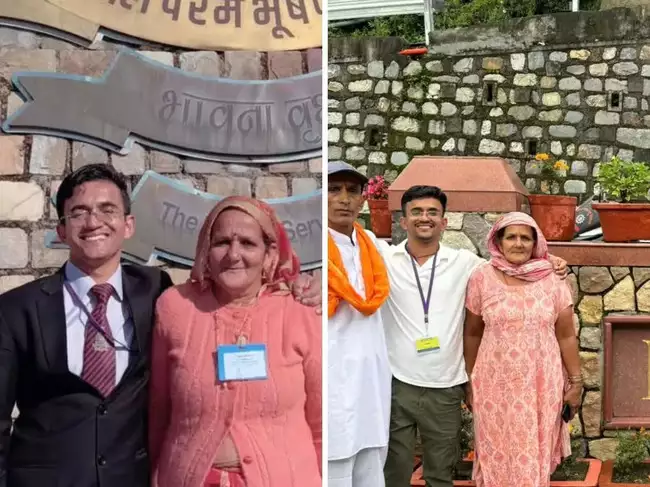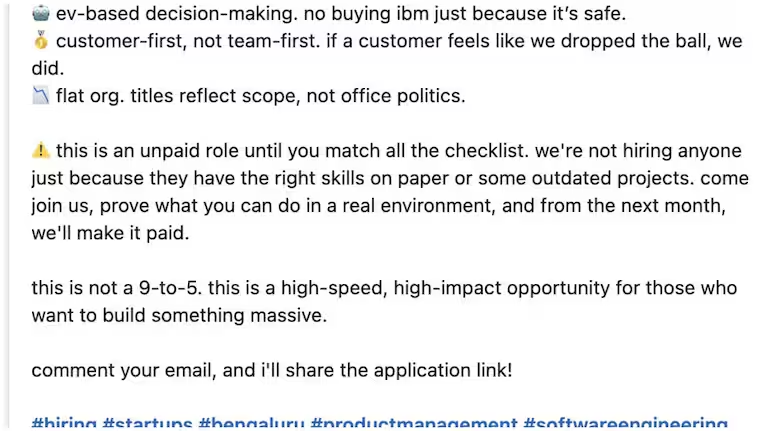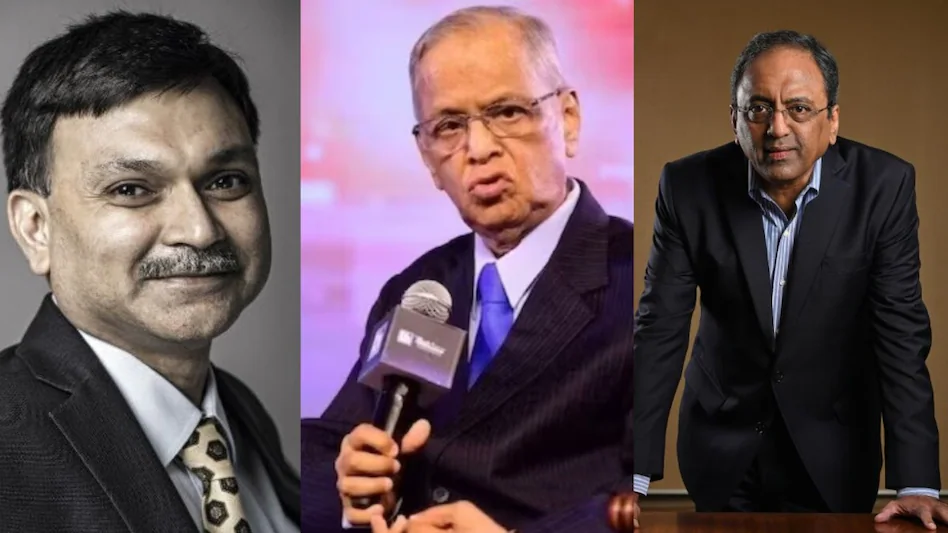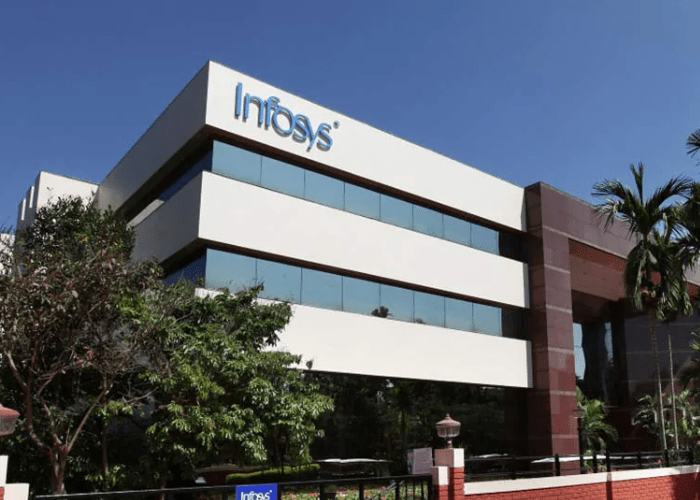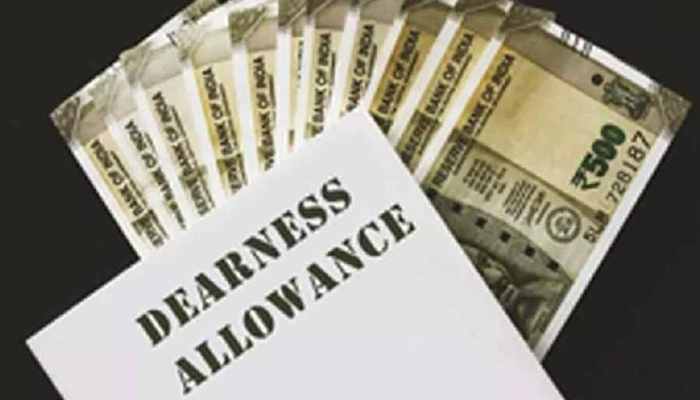8th Pay Commission : The Central Government is actively working towards introducing the 8th Pay Commission, and one of the most discussed proposals is the potential merger of Dearness Allowance (DA) into the basic salary. This move could significantly impact the take-home pay, pension benefits, and overall financial planning of millions of government employees and pensioners across India.
In this article, we’ll explore the implications, expected changes, and real-life examples of how this decision could transform monthly incomes for government workers. Whether you are a central or state employee, this guide will help you understand the upcoming pay commission better.
What is the 8th Pay Commission and Why Is It Important?
The 8th Pay Commission is the next revision framework proposed by the central government to update salaries, allowances, and pensions of government employees. These revisions are done every 10 years, and the last one – the 7th Pay Commission – came into effect in 2016.
Key Highlights:
- Focuses on salary restructuring for central government employees.
- Proposes merging DA with basic pay to offer more stable income growth.
- Affects over 1 crore employees and pensioners.
- Expected to be implemented around 2026.
This commission is particularly significant as it may introduce new formulas for calculating basic salary, benefits, and retirement pension.
What is Dearness Allowance (DA) and Why Merge It?
Dearness Allowance is a cost-of-living adjustment allowance paid to government employees and pensioners to cope with inflation. DA is revised twice a year based on the Consumer Price Index (CPI).
Why the Merger is Being Considered:
- DA has crossed 50% of basic salary — a historic threshold for merging.
- Merging will make salary structure simpler and reduce confusion.
- It increases long-term benefits like gratuity and pension.
- Helps in balancing rising inflationary trends.
Expected Formula:
If DA reaches 50%, it may be added to the basic salary and the percentage of DA may reset back to 0%, to be calculated again on the revised basic.
Proposed Changes in Salary Structure After DA Merger
Here’s a detailed table showing the current and possible revised salary structure for different pay levels, assuming DA is merged with basic pay:
Table 1: Impact of DA Merger on Basic Pay
| Pay Level | Current Basic Pay | DA (50%) | Revised Basic (Post-Merger) | New DA (0%) | Total Salary |
|---|---|---|---|---|---|
| Level 4 | ₹25,500 | ₹12,750 | ₹38,250 | ₹0 | ₹38,250 |
| Level 6 | ₹35,400 | ₹17,700 | ₹53,100 | ₹0 | ₹53,100 |
| Level 7 | ₹44,900 | ₹22,450 | ₹67,350 | ₹0 | ₹67,350 |
| Level 10 | ₹56,100 | ₹28,050 | ₹84,150 | ₹0 | ₹84,150 |
| Level 11 | ₹67,700 | ₹33,850 | ₹1,01,550 | ₹0 | ₹1,01,550 |
| Level 12 | ₹78,800 | ₹39,400 | ₹1,18,200 | ₹0 | ₹1,18,200 |
| Level 13 | ₹1,23,100 | ₹61,550 | ₹1,84,650 | ₹0 | ₹1,84,650 |
See More : Rajiv Yuva Vikasam Scheme
How Will Pension and Gratuity Be Affected?
Merging DA into basic pay does not just increase monthly income — it has a lasting impact on retirement benefits too.
Table 2: Pension and Gratuity Comparison
| Criteria | Before Merger | After Merger |
|---|---|---|
| Monthly Pension | 50% of ₹44,900 = ₹22,450 | 50% of ₹67,350 = ₹33,675 |
| Gratuity | Based on Basic Pay + DA | Based on Higher Basic Pay |
| Family Pension | Lower (based on old basic) | Higher (based on merged basic) |
| Retirement Corpus | Smaller | Significantly larger |
| Arrears (if implemented retrospectively) | Not applicable | Can be in lakhs |
This could prove to be a major boost for employees nearing retirement, giving them a better corpus and financial stability.
Real-Life Example: How Much Will Employees Benefit?
Let’s consider the case of Ramesh, a central government employee working in Level 6:
- Current Basic: ₹35,400
- Current DA (50%): ₹17,700
- Total Pay: ₹53,100
After the DA is merged into the basic:
- New Basic: ₹53,100
- DA Reset to 0%
- Other Allowances (like HRA, TA) may also increase since they’re linked to basic pay.
Net Benefit: Higher take-home pay and increased long-term savings and pension.
What About HRA, TA and Other Allowances?
One important aspect of this change is that many other allowances are calculated based on basic salary. So if the basic increases, the following will also rise:
- House Rent Allowance (HRA)
- Travel Allowance (TA)
- Provident Fund (PF) contributions
- Gratuity and Leave Encashment
- NPS Contribution
Table 3: Allowances Before and After DA Merger
| Allowance Type | Based On | Before Merger | After Merger |
|---|---|---|---|
| HRA (24%) | Basic Pay | ₹6,096 | ₹12,744 |
| TA | Fixed + Basic % | ₹3,600 | ₹5,400 |
| PF Contribution (10%) | Basic | ₹3,540 | ₹5,310 |
| NPS (10%) | Basic | ₹3,540 | ₹5,310 |
| Gratuity | Based on Basic | ₹20.64 lakh | ₹30.96 lakh |
This holistic increment could lead to significant financial benefits in both the short and long term.
When Will the 8th Pay Commission Be Implemented?
Although the government hasn’t made any official announcement about the exact date, experts suggest the following timeline:
- Proposal Drafting: 2025
- Finalization and Budget Approval: 2026
- Implementation: Likely from January 2026
- Arrears: May be paid from January 2026 or earlier if implemented retrospectively
Some reports also indicate that the central government is considering constituting the 8th Pay Commission by mid-2025, which would set the wheels in motion.
Employee Demands and Union Expectations
Various employee unions have been actively advocating for:
- Early implementation of the 8th Pay Commission
- DA merger before reaching 60%
- Fitment factor increase from 2.57x to 3.68x
- Reduction in retirement age to 58 (still under discussion)
- Better healthcare and housing support
Government is reviewing these demands and a detailed report is expected in upcoming budget sessions.
If the government proceeds with merging the Dearness Allowance into basic salary under the 8th Pay Commission, it will be a historic shift in India’s public sector pay structure. It promises enhanced financial stability, higher retirement benefits, and increased employee satisfaction.
For central and state employees, this is a golden opportunity to plan their finances better. Keep an eye on upcoming announcements from the Finance Ministry and stay updated with verified government notifications.
This article is based on current discussions, expert opinions, and past pay commission trends. Official confirmation from the central government is awaited. Readers are advised to refer to official government sources for final decisions.
Source – https://www.rajarshicollege.co.in/8th-pay-commission/




